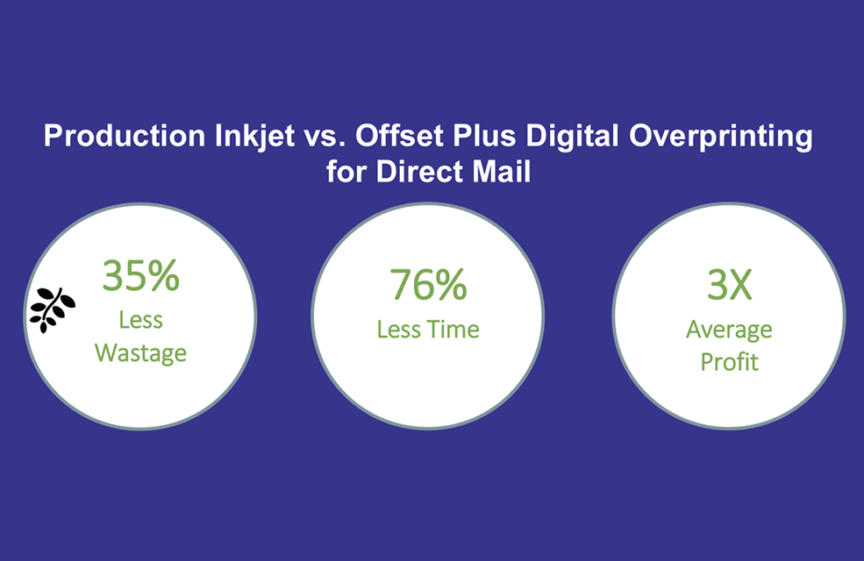Against most projections, U.S. Direct Mail volume increased last year. 2018 saw an uptick of 0.7% in volume with a .24% decrease in spending attributed to the reduced cost of third-party data and mailing lists rather than the cost of printing and mailing. Mailing volumes and spending have remained strong for the past five years, likely due to improved response rates. The direct mail response for prospect lists was 4.9% in 2018, significantly higher than 2017 and the highest since 2003. Response rates for house lists was even better, an amazing 9% and nearly double the previous year. But these response rates are only possible with micro-targeted, relevant direct mail – and that’s where direct mailing dollars are being invested.
Direct mail organizations must ensure they have the right production capabilities to profitably deliver dynamic personalization to the customer. Targeting can be complex, especially in light of the demographic shifts that are underway in North America. For marketers, it is extremely important to tailor their direct mail messaging, first to the recipient’s demographic segment, and then with finer micro-targeting based on individual profile data or channel preferences.
Please download to read the rest of this Inkjet Insight white paper, commissioned by HP.

